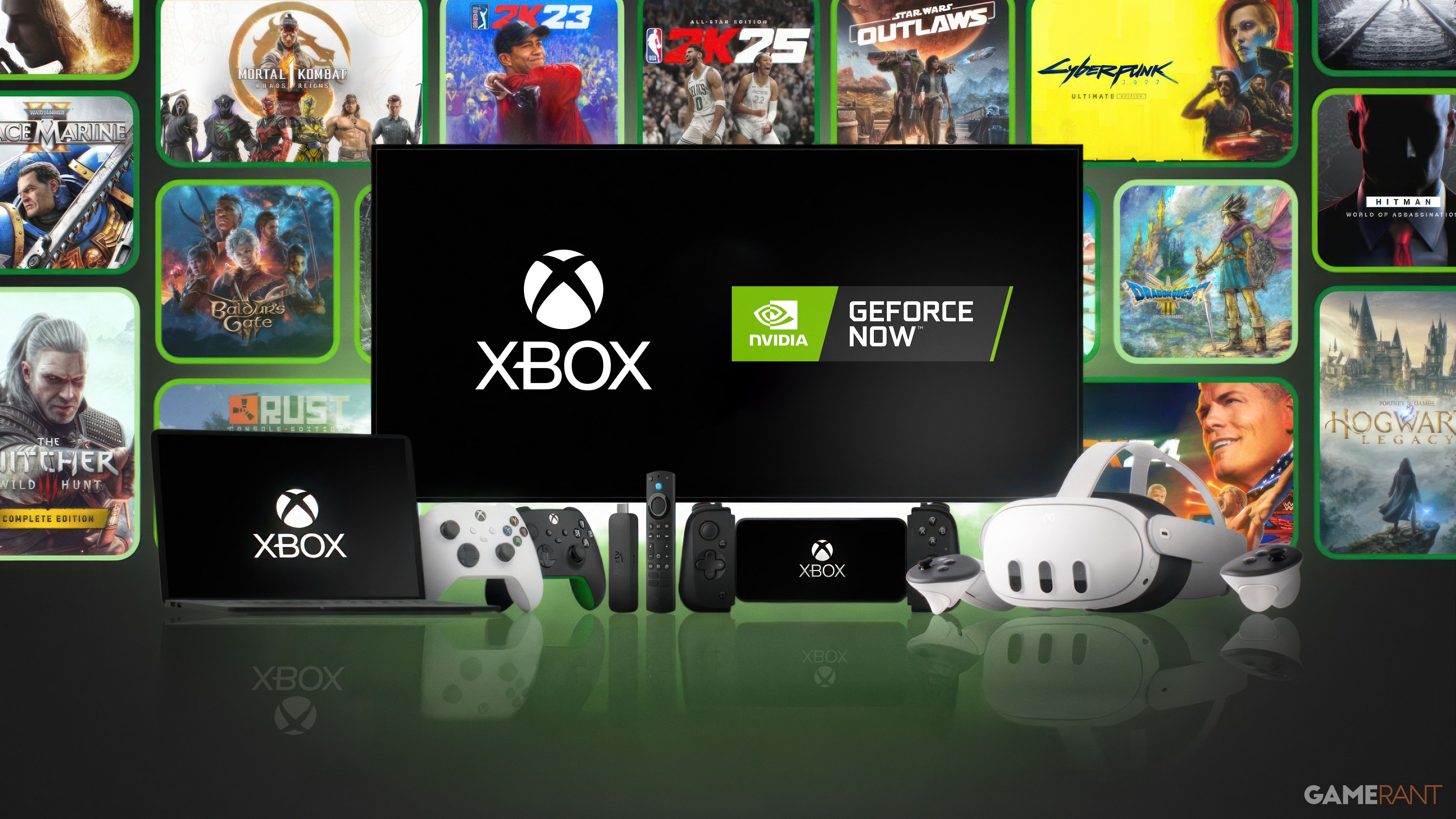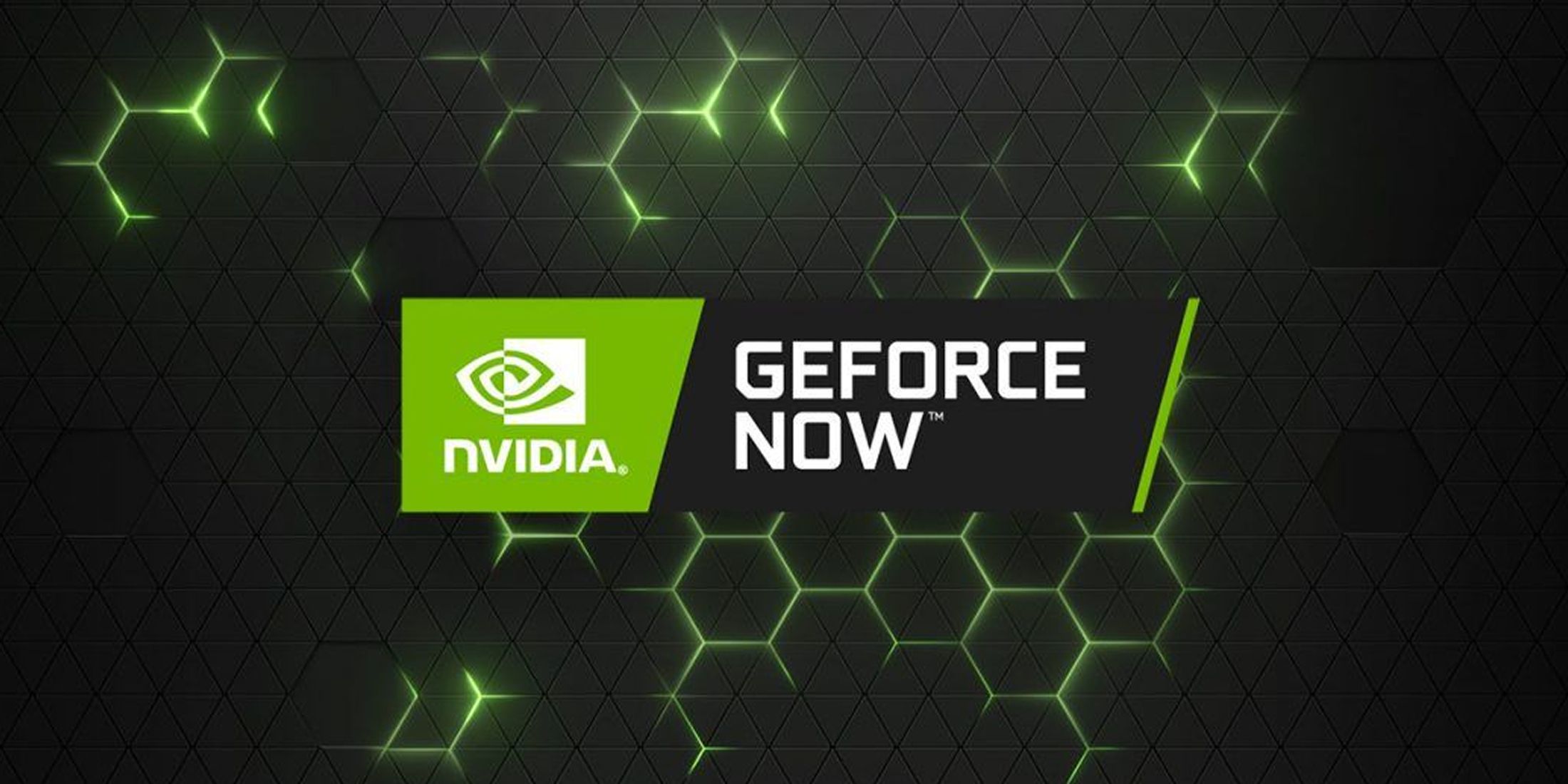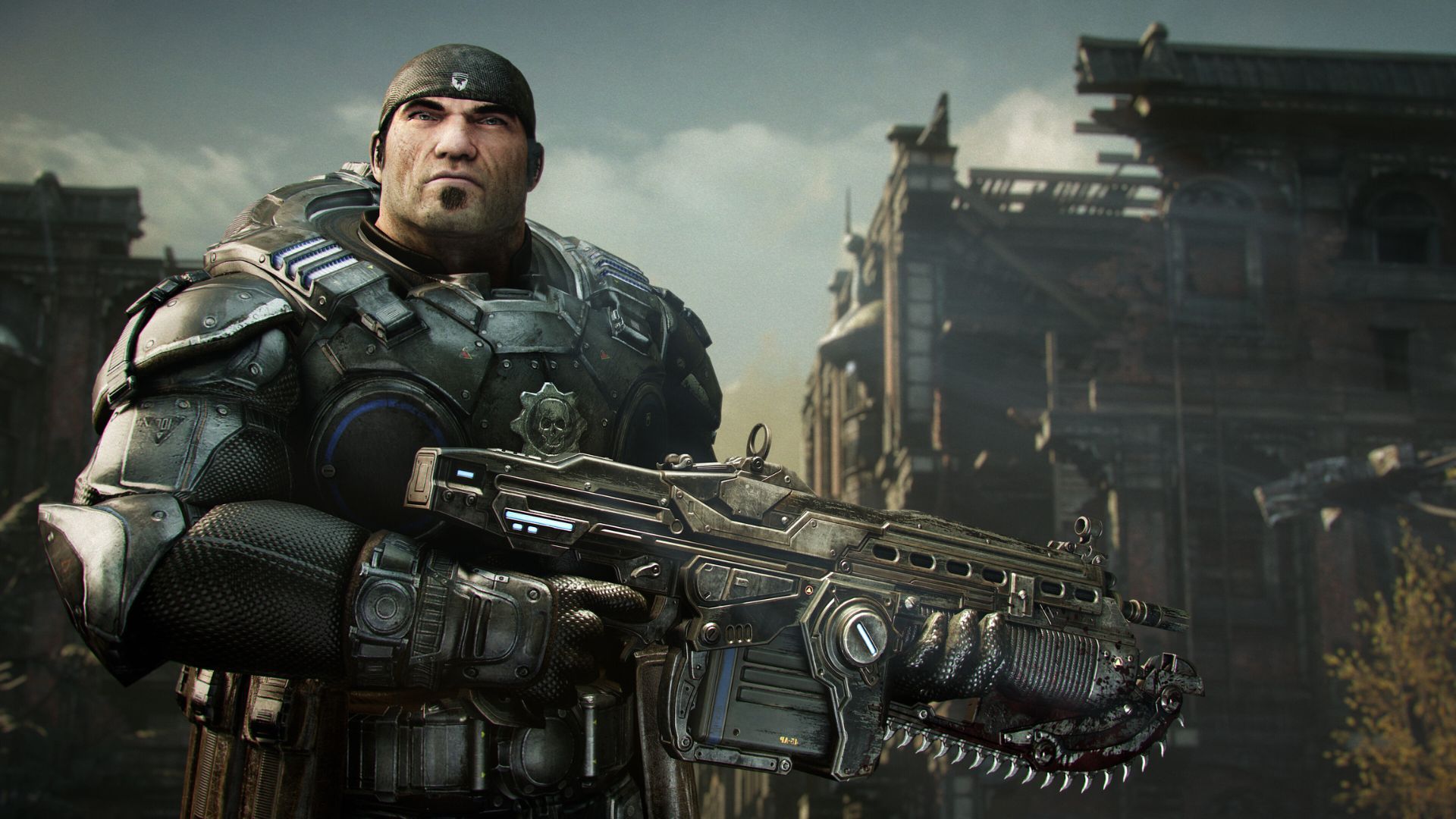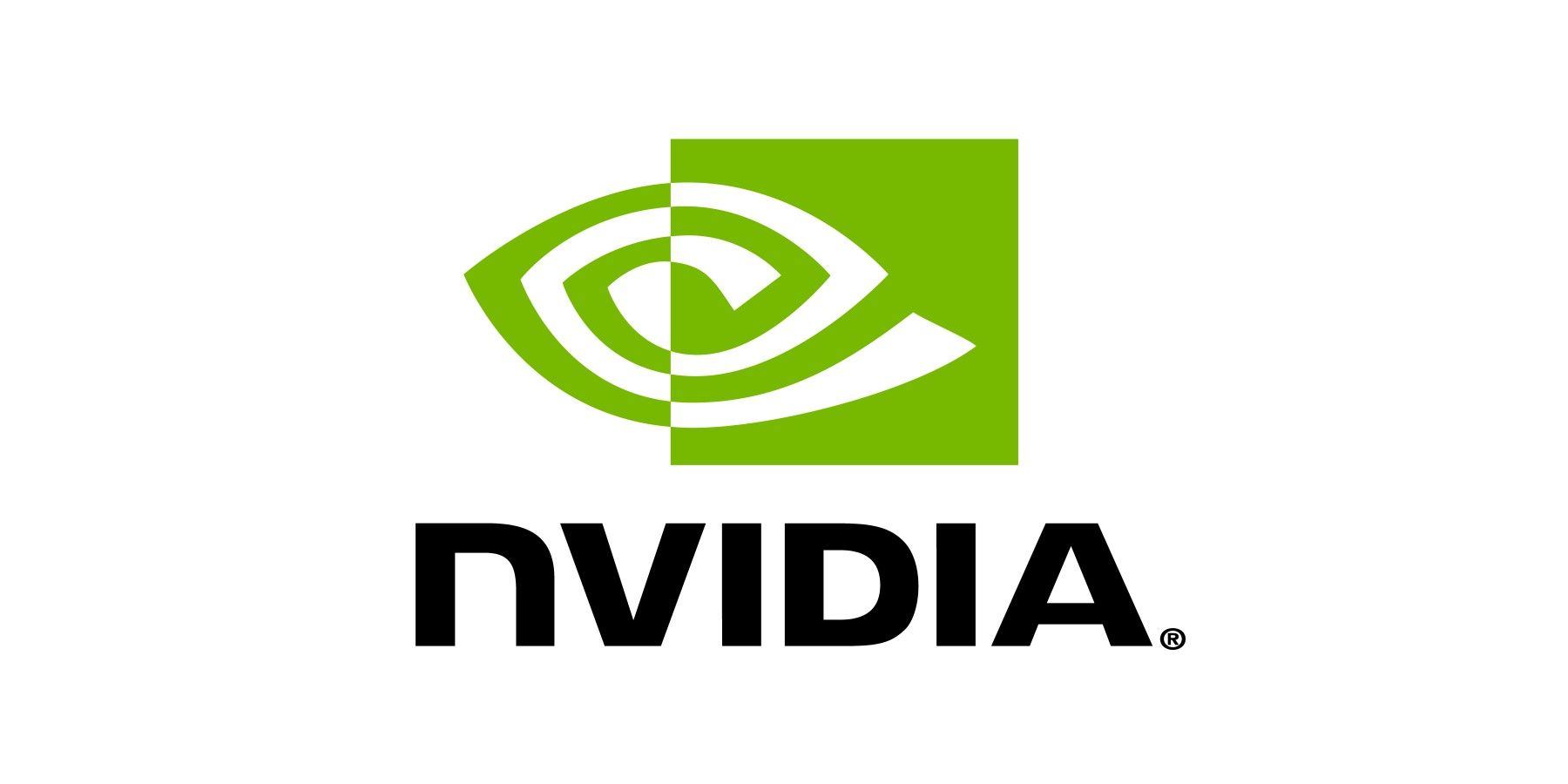
Video games have traditionally been harder for people to get into compared to other hobbies. While reading, movies, and music are readily available and affordable – you can borrow books from the library, stream movies for a low monthly fee, or listen to music easily – gaming requires a significant financial investment. Consoles are expensive, new games cost a lot, and unlike other forms of entertainment, you can’t just casually pick up a game without dedicating time and effort to learning how to play.
Services like Nvidia GeForce Now and Xbox Cloud Gaming are trying to make video games as easy to access as streaming movies or music – you just need a good internet connection and a small monthly subscription. Streaming games directly to your computer, console, or phone is becoming a real possibility for many people. Even as a longtime gamer with a large game collection, I’ve tried Xbox Cloud Gaming and been impressed. Companies like Microsoft believe cloud gaming will become the dominant way we play games, potentially replacing traditional gaming altogether. While the advantages are clear, it makes you wonder just how likely that future actually is.
Game Streaming Platforms like GeForce Now and Xbox Cloud Gaming Continue to Grow and Improve

The idea of streaming video games isn’t new. Companies began exploring it around the year 2000, with G-Cluster first showcasing the concept. Later, OnLive and Gaikai also tried their hand at it, though neither became hugely popular. Despite their limited success, OnLive and Gaikai were important because Sony bought them and used their technology as the foundation for PlayStation Now, which launched in 2014.
PlayStation Now keeps getting better and reaches more players every year, especially now that it’s included with PlayStation Premium. It’s also the only way to play certain older games on PS4 and PS5. However, Xbox is taking a different path. Xbox Cloud Gaming, also known as Xbox Everywhere, seems to be aiming for a future where you don’t even need a console to play games.

You’ve probably noticed the recent Xbox ads, but Microsoft’s cloud gaming efforts have been underway for quite some time. Back in 2022, Xbox reported over 10 million people were already streaming games through Xbox Cloud Gaming with an Xbox Game Pass Ultimate subscription. That number quickly grew, doubling by the fall of 2022. By 2024, Microsoft Gaming CEO Phil Spencer stated that Xbox Cloud Gaming represented a significant portion of all Xbox gaming time – at least several million hours of gameplay.
Xbox Cloud Gaming is backed by Microsoft Azure, a cloud-based computing platform started in 2010.
GeForce Now has seen similarly rapid growth. Nvidia reported just over a million users in 2020, but by 2022, that number had jumped to over 20 million. Unlike Xbox Cloud Gaming, GeForce Now offers a free option, although it limits playtime to one hour at a time. Even its premium subscriptions, like the $200 per year Ultimate tier, still impose limits on how long you can stream each month.
Xbox Cloud Gaming is more flexible with its restrictions, but it still faces the same basic challenges as other cloud gaming services. The limits Nvidia puts in place aren’t minor – they’re a necessary response to the biggest problems affecting the entire cloud gaming industry.

Limitations and Hurdles Facing Cloud Gaming
As a film and gaming fan, I’ve been watching cloud gaming take off, and it feels like a really new space – so it’s no surprise things are a bit uncertain. It seems to me that the big players, like Xbox and Nvidia, aren’t necessarily worried about money right now. What they really need is more data center space and even better technology to handle everything, rather than just more investment.
Like many new technologies, such as AI, cloud gaming can seem complicated and unreal. However, it actually relies on a lot of physical infrastructure. Data centers, already strained by existing features like game saves, are now even more burdened by the demands of streaming games. Running these platforms requires a massive number of servers. While cloud gaming reduces the need for powerful hardware on your end, it doesn’t eliminate it completely. If cloud gaming aims to reach more players, that increased demand will create significant challenges related to logistics, cost, and environmental impact.

Cloud gaming companies are looking for ways to use fewer resources, and a promising solution is smarter GPU scheduling. Right now, most platforms dedicate an entire GPU to just one game, similar to a console or PC. However, research from 2017 suggests that new technology can divide a GPU’s power between multiple games. This means a single GPU could potentially run several games at once, making cloud gaming much more efficient. This is good news for the environment, and could also lower costs for companies and, ultimately, benefit players.
Digging deeper into cloud gaming reveals it’s more complex than it appears. Though often presented as a simple, eco-friendly way to play – letting you use your phone as a console without needing expensive hardware – this convenience comes at a cost. Cloud gaming could significantly impact the environment and the economy, and if the benefits don’t outweigh these costs, companies might reduce their efforts. The reality is that cloud gaming depends on many factors – internet service providers, game publishers’ rules, and the availability of reliable WiFi and 5G – making it far from the easy, perfect gaming experience it’s sometimes made out to be.
So, Is Cloud Gaming the Future?
It’s uncertain whether cloud gaming will continue its rapid growth, despite investor hopes. While companies like Nvidia and Microsoft are enthusiastic about its potential, it’s important to separate marketing claims from actual usage. For example, Xbox reported 20 million cloud gaming users in 2022, but that doesn’t necessarily mean those users primarily played games through the cloud. Simply put, just because people could switch to cloud gaming doesn’t guarantee they will.

The failure of Google Stadia, a promising cloud gaming service launched in 2019 by Google, is a cautionary tale. Despite Google’s resources, Stadia struggled with technical issues and never gained significant traction. A 2022 report from the UK’s Competition and Markets Authority revealed Stadia captured a mere 0-5% of the cloud gaming market within two years of launch. This put it far behind competitors like PlayStation Now, GeForce Now, and Xbox Cloud Gaming, which held 10-20%, 10-20%, and 60-70% of the market, respectively.
Google Stadia shut down in January 2023, lasting just four years.
When that report came out, GeForce Now and Xbox Cloud Gaming were already more successful than Stadia, and they’ve likely improved even more since then. A key difference is that GeForce Now offers a free option, and Xbox Cloud Gaming is included with Xbox Game Pass Ultimate – a subscription that gives you access to hundreds of games on various devices, plus other benefits like in-game items and discounts. Stadia, on the other hand, only had a limited selection of games and didn’t allow you to play them on your own devices.
As a gamer, I’m starting to wonder if these game streaming services are really sustainable long-term. It feels like we’re in the early stages where companies are trying to build a huge subscriber base, even if it means losing money at first. We’ve already seen price hikes, like with Game Pass Ultimate, and honestly, it makes me nervous. Creating and running games, plus all the servers needed for streaming, is super expensive. I’m worried companies like Microsoft and Nvidia will keep raising prices, and I’m not sure how much gamers are willing to pay each month. It’s a great idea, but will it stay affordable?

I still enjoy cloud gaming, especially since I have Xbox Game Pass Ultimate and can stream games to my Steam Deck – it’s a fun and convenient feature. However, as someone who’s really into gaming, I think cloud gaming needs to appeal to a much wider audience – everyone from casual players to serious gamers – to truly become the dominant way we play. While it’s possible, achieving that will be more challenging than many companies suggest.
Read More
- Boruto: Two Blue Vortex Chapter 29 Preview – Boruto Unleashes Momoshiki’s Power
- Jujutsu Zero Codes
- Jujutsu Kaisen Modulo Chapter 16 Preview: Mahoraga’s Adaptation Vs Dabura Begins
- All Exploration Challenges & Rewards in Battlefield 6 Redsec
- One Piece Chapter 1169 Preview: Loki Vs Harald Begins
- 6 Super Mario Games That You Can’t Play on the Switch 2
- Top 8 UFC 5 Perks Every Fighter Should Use
- Upload Labs: Beginner Tips & Tricks
- Everything Added in Megabonk’s Spooky Update
- Best Where Winds Meet Character Customization Codes
2025-11-06 22:35